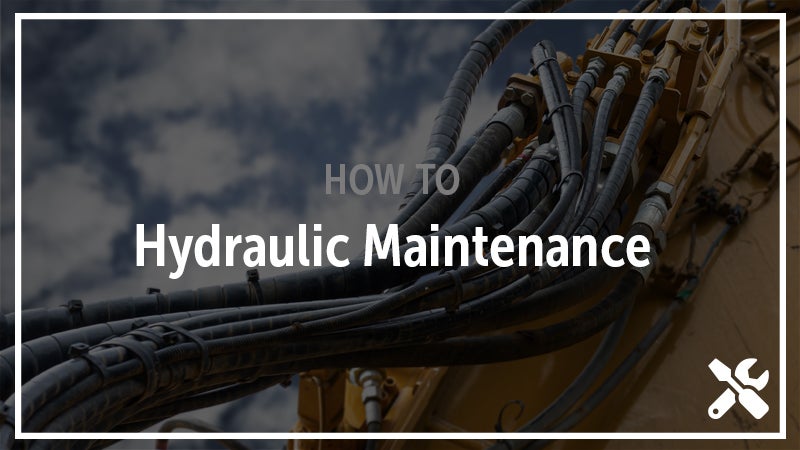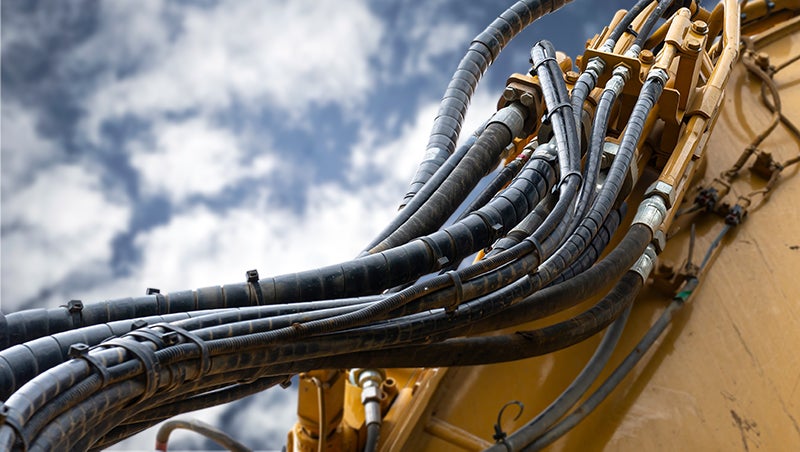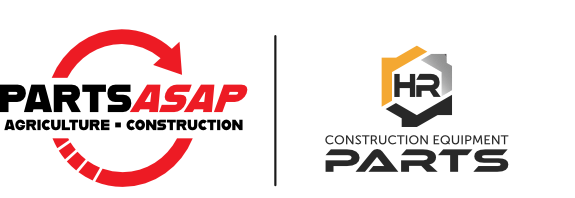
Hydraulic System Maintenance and Common Problems
Every year, 1000s of hydraulic parts pass through the hands of the H&R Recon and Rebuild team from cylinders to pumps to tanks and more, and often no parts better show their past life than those parts. How they were maintained, put to work, and cared for or neglected is often written clearly on their shells.
Whether you’ve just gotten a part from us and want to keep it running well for years to come, you’re hoping to keep a new part going longer, or you’re just starting to wonder why your hydraulic parts are prone to fail, we’ve put together this short hydraulic maintenance and checklist guide to help you keep your hydraulic system free of problems.
The Importance of Maintaining Your Hydraulic System
In many heavy construction equipment applications, the hydraulic system is the literal lifeblood of a machine and when parts in the hydraulic system fail or degrade issues can cascade throughout the machine. A problem in the hydraulic oil can create a problem in a cylinder which can create an issue in an attachment which can lead to a fast and catastrophic failure, and suddenly the machine and the operator are in trouble.
Common Causes of Hydraulic System Failure
Low Quality or Incorrect Fluid
Using high quality hydraulic fluid in your system might seem like an unnecessary investment, but this minor increase in initial cost can pay off tenfold in the prevention of larger problems down the road. Similarly, the oil in your machine is often designed to work under specific guidelines and to perform in specific ways so the oil you use needs to be designed for the job. Your machine’s operators guide should give you exact oil specifications.
Wrong Fluid Levels
You already know your machine will perform best when the oil levels are correct, but sometimes knowing they are correct is the real battle. Even if you are consistent in how often you check your levels, machines from different manufacturers often have different ways of checking the level beyond the location of a sight glass or the use of a dipstick. If you’ve recently changed machines or manufacturers, a quick check of your operator’s manual will explain the proper disposition of any cylinders or proper status of the machine and ensure the reading you are getting is accurate.
Foreign Matter in Your Fluid
Dirt and debris in your oil is bad, but the most common foreign materials in oil that leads to damage and issues is actually air and water. Your oil is actually made up of a certain amount of air and water, so it’s really about making sure there’s not TOO much oil or water.
Too much water in hydraulic oil can lead to an increase in corrosion through a reduction in the ability of additives to do their work and in the ability to ensure proper lubrication, a propensity for filters to clog, and cavitation in the oil.
Too much air in hydraulic oil can lead to an increase in oil temperature, delicate parts being exposed unprotected, and a reduction in performance or inconsistent performance.
Improper Routing of Hydraulic Hoses
If you’ve recently installed a part or performed maintenance on a part of your hydraulic system, be sure to check that you have correctly routed all hoses properly and connected them securely. The path a hydraulic hose takes from one part to the next is not only designed to protect the hose, but also to ensure proper angles for all connections. Often it might seem like there’s a simpler path from port A to port B, but incorrectly routing your hoses can actually lead to a decrease in performance and exposure to problematic situations.

Hydraulic System Checklist — Four Fast Tips
While you should develop a detailed system for ensuring your hydraulic system is always well-maintained and operating properly, here are 4 fast tips that should help get you started.
Check Hydraulic Levels Frequently
“Frequently” here should be as close to everyday as you can get. Not only will low levels point to bigger problems, issues in oil levels can quickly lead to their own problems down the road. And remember, your operators manual will help ensure you’re checking the levels properly.
Replace Filters and Oil, As Directed
Making sure your oil and your filters are in good working order might take time from work you’d rather be doing, but keeping to your machine’s prescribed schedule is a simple way of avoiding bigger downtimes down the road.
Watch and Listen
While no one is hoping to hear new noises from their machine, the sounds parts make are often a great indicator of any issues. If you’re in the cab, running your machine radio-free for a short period can help you pick up any errant noise. Better yet, have a helper watch and listen from a safe distance as you test your hydraulic parts.
Keep Your Hydraulic System Clean on the Outside
For the most part, your hydraulic system is a closed system and how it operates internally isn’t always indicative of how it looks externally. But often dirt, mud, muck, and crud are the perfect smokescreen for a hidden problem -- small and large. Ensure your cylinders, connections, and tanks are clear to examine when you inspect them and try to keep them as clean as you can during operation in case an issue develops during use.
Inspecting and ensuring your hydraulic system is well-maintained is a surefire way of extending the life of a vast array of parts on your machine, and hopefully that’s even more clear after this short read. While problems are bound to happen, often the difference between a hydraulic tragedy and a hydraulic triumph can come down to a watchful and reactive eye.
And, of course, if you’re searching for a hydraulic part solution, our part specialists are here to help get you back up and running swiftly.



